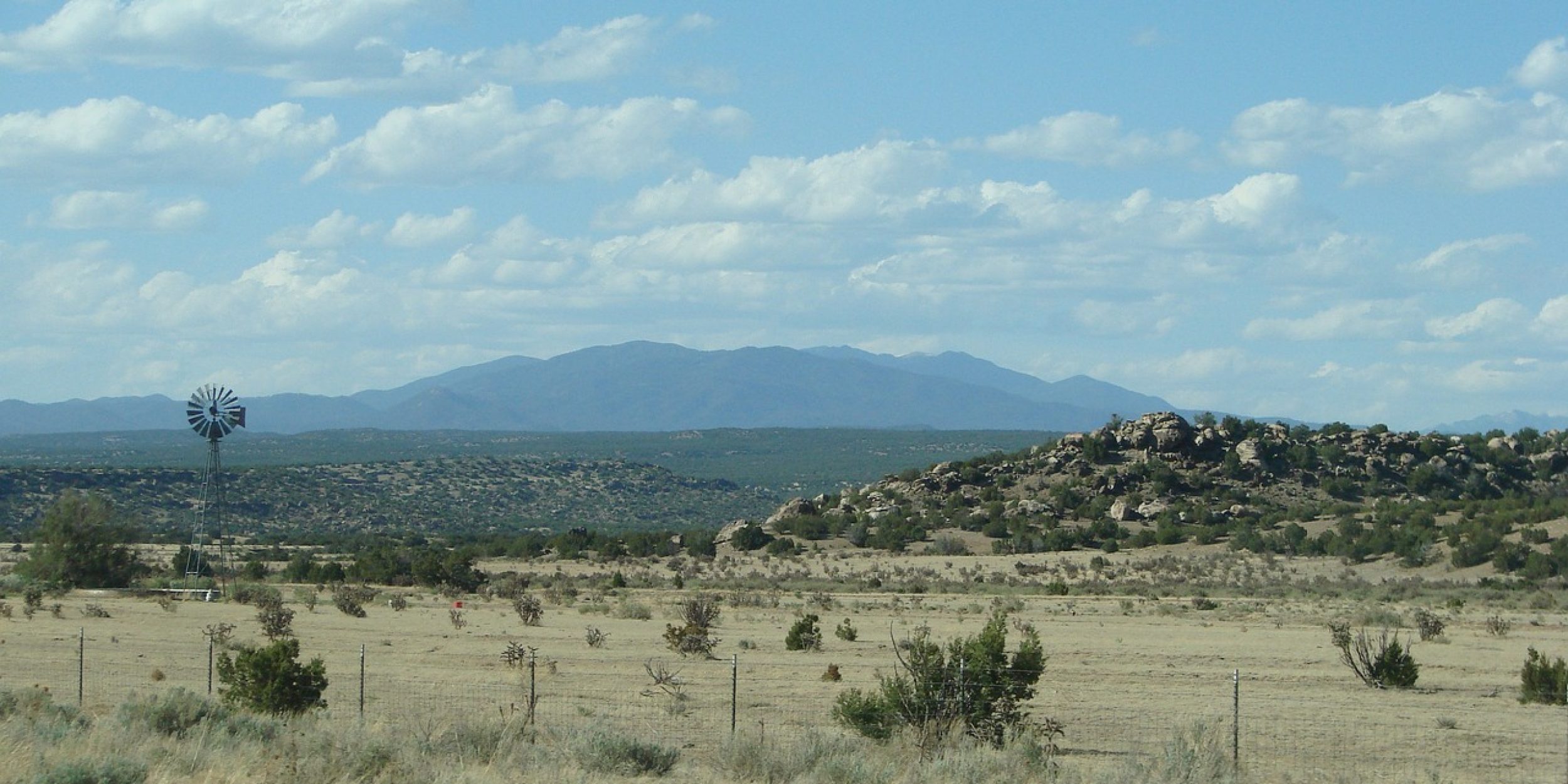In a new study published in the Proceedings of the National Academy of Sciences, scientists have uncovered a puzzling mismatch between hydroclimate models and real-world observations. Scientist Isla Simpson of the National Center for Atmospheric Research (NCAR) led this study, with support from the Climate Program Office’s Modeling, Analysis, Predictions, and Projections (MAPP) Program and National Integrated Drought Information System (NIDIS). This work contributes to a CPO initiative to advance our capabilities to characterize and anticipate U.S. droughts in the context of hydroclimatic variability and change, linking research to practical NIDIS applications. Simpson and her co-authors from the University of California, Los Angeles, NCAR, and Columbia University shed light on a potential flaw in our understanding of our changing hydroclimate.
Despite global warming and the associated expectations of increased water vapor in the atmosphere, this study finds that arid and semi-arid regions like the U.S. Southwest have not experienced the anticipated rise in moisture over the past four decades. This discrepancy challenges widely used climate simulations and raises concerns about the accuracy of future climate projections, which are critical in linking water vapor and factors like drought, wildfires, ecosystem health, and temperature extremes. As researchers strive to bridge this gap in understanding, the implications for predicting hydroclimate changes, especially in vulnerable regions, loom large on the horizon.
For more information, contact Clara Deck.
Image credit: Pixabay



